







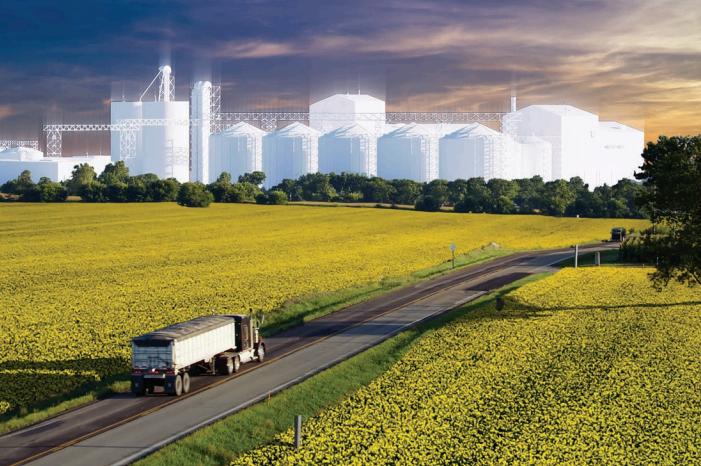

High yields start with smart seed decisions. At Precision Ag, we offer a complete lineup of canola hybrids to match every acre, from early-maturing options to strong standability, pod shatter resistance, and superior disease protection Our agronomy team helps you find the right fit for your farm’s soil type, rotation, and yield goals so you can set the stage for success long before seeding starts
This fall, growers are getting ahead by locking in their seed early, not just for the savings, but for the selection Programs like Dekalb Harvest Rewards (up to $75 per bag until October 31), Brevant Big Splash ($40 per bag until October 31), and InVigor Book & Buy ($30 per bag until November 14) make it the perfect time to plan ahead for 2026 The earlier you book, the better your access to the hybrids that perform best in your fields Talk to your local Precision Ag salesperson to choose the right seed and secure your savings today
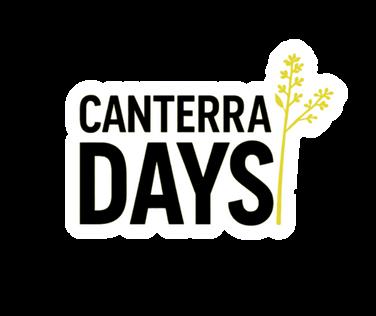
Precision Ag and Canterra Seeds have teamed up for Canterra Days & Seed It Forward; it’s more than just a seed promo, it’s a way to give back to the communities we live, work, and farm in PROGRAM HIGHLIGHTS:
• Save $25 per bag on CANTERRA Canola Seed until November 28th.
• Interest-free programs available
• Every 32 bags booked = your shot at 8 FREE bags GIVING BACK:

Future of Canola in Southern Saskatchewan Canola has long been a backbone of Prairie farming, and new opportunities are on the horizon With Cargill’s Regina canola crush plant set to open in late 2025, capable of processing one million metric tons annually, local demand will grow significantly This means reduced hauling distances, stronger price stability, and more marketing options, including access to renewable fuels and domestic oil markets that can bring added flexibility and premium opportunities
At Precision Ag, we’re here to help maximize that potential with the right seed, fertility strategies, and management tools that deliver consistent, high-quality canola With a reliable buyer close to home and a strong support system in place, growers in southern Saskatchewan are positioned to see better returns and a stronger value chain for years to come
For every bag booked, $10 will be donated to a local group in your community You buy seed, and w simple as that
WE’RE PROUD TO SUPPORT:
• Carnduff: Carnduff Swimming Pool
• Carlyle: Wawota Rec Facility, Alida Rec Board, Carlyle Elementary SCC Breakfast Program
• Griffin: Creelman Legacy Plot, Fillmore & District Fire & Ambulance, Heward Rink, Fillmore Pres
• Odessa: Quad Town Minor Hockey
When you book 32 bags, you’ll not only be entered to win 8 free bags, but you’ll also be putting $32 straight back into your local community Don’t wait, offer ends November 28th.
Contact your nearest Precision Ag location today and let’s Seed It Forward




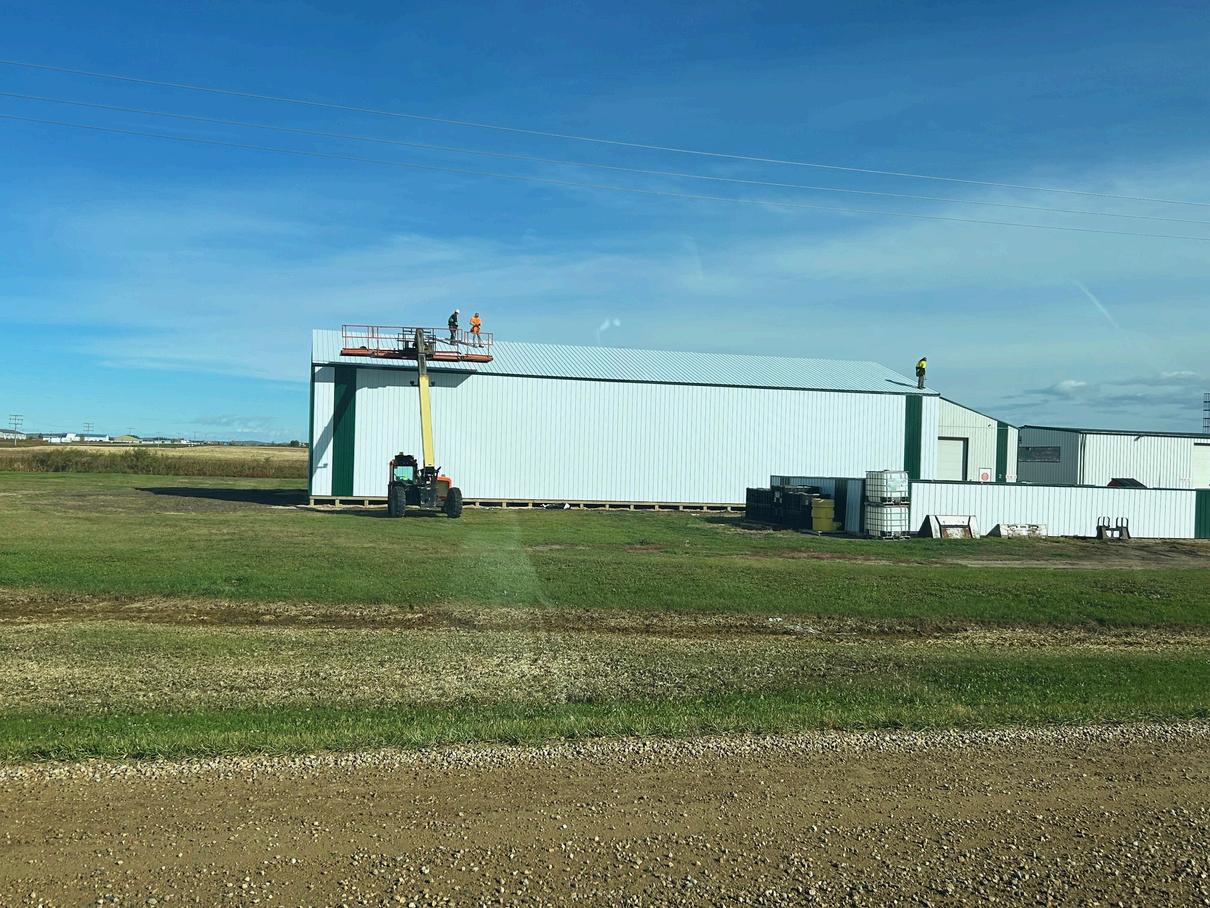
We have put up a new shed at the Carlyle location, about 4,000 square feet of extra space
More storage means we can keep more product on hand and have things ready to roll when you need them
At the end of the day, this build is about keeping things simple and efficient Less waiting around, more getting back in the field
It’s one more way we’re setting ourselves up to serve you better, season after season


Humic acids (HA) are organic molecules that play essential roles in improving soil properties, plant growth, and agronomic parameters

Anyone can toss a “humic brew” on their fields But when you run Precision Ag’s humic acid blend through your soils, that’s when fields light up It’s not about having humic it’s about having one engineered for Saskatchewan fields, with lab-tested strength and performance behind it The result? Bigger roots, better nutrient uptake, and fields that bounce back from stress
What makes Precision Ag’s stand out from the “everyone does humic now” crowd?
Precision-engineered formula based on Prairie soil needs, not a general mix
Pure & consistent, every batch tested so you know what you’re applying
Maximizes your fertilizer dollars, humic unlocks locked nutrients
Drought & stress buffer, better root systems & plant vigor
Hands-on support, you don’t just buy product, you get a strategy Stop settling for “just humic ” Choose the kind that earns its keep every acre Call your local Precision Ag rep and ask how our humic line changes the game
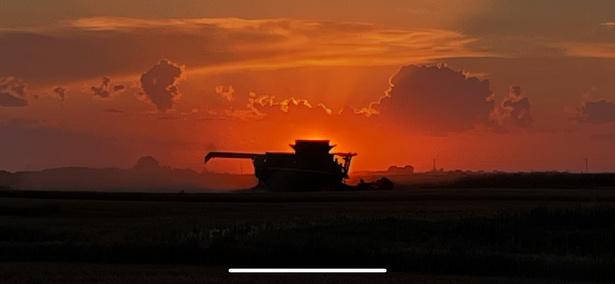
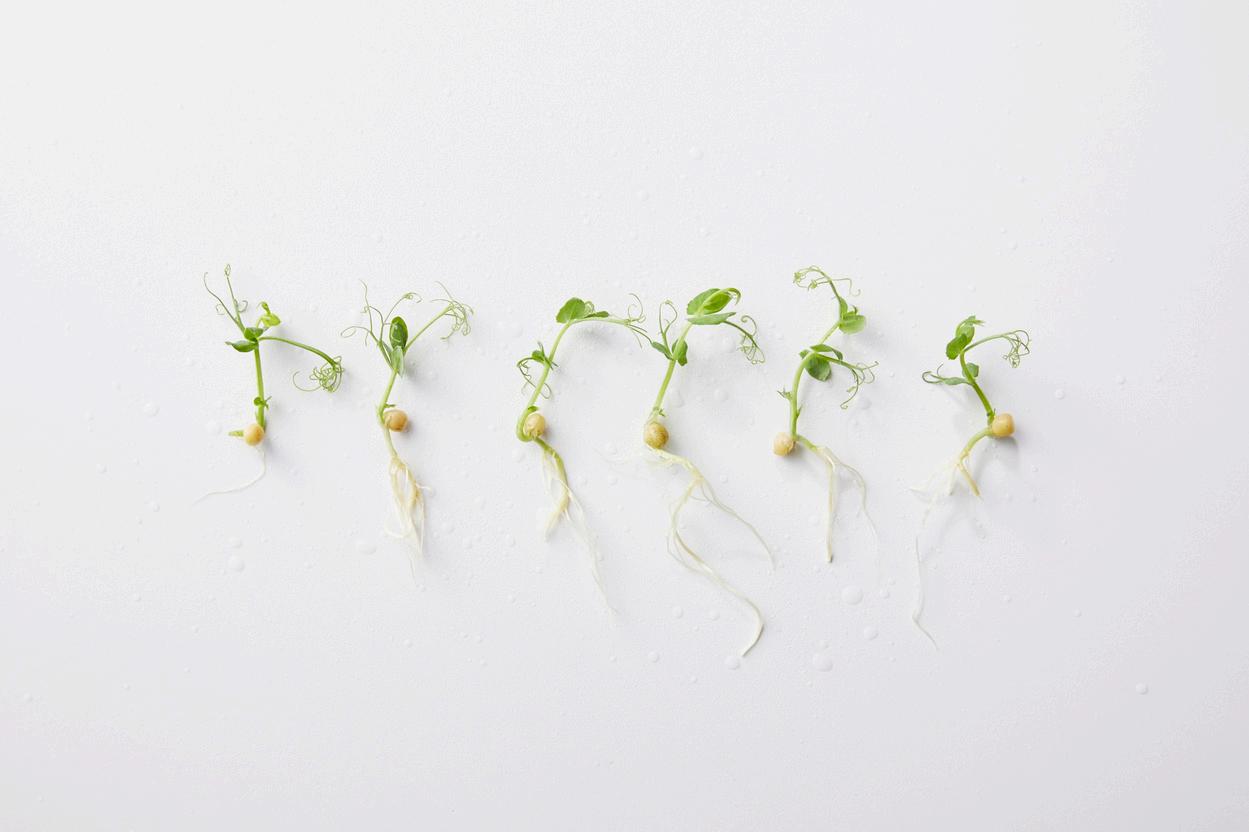





Strong crop nutrition isn’t optional, it’s the difference between just getting by and pulling off a standout year Balanced inputs help crops push through stress, latch onto every nutrient you feed, and build soils that last Research shows many prairie soils are marginal or deficient in key nutrients like phosphorus, so getting your mix right matters
At Precision Ag, we back you with more than just product you get the right support, timing, and quality
Use those with soil tests, split applications, smart timing, and you'll see fields that stand tougher and yield more
Top Tips for Next Season:
Test soil now so you know your starting line
Don’t let micros lag sulfur, zinc, boron make a difference
Time applications to match crop demand

Employ quality support tools (humics, stimulants) to unlock more from your inputs
A little planning now pays off when it counts Reach out to your local Precision Ag team, and let’s map out a nutrition plan that works not just for next year, but the years after
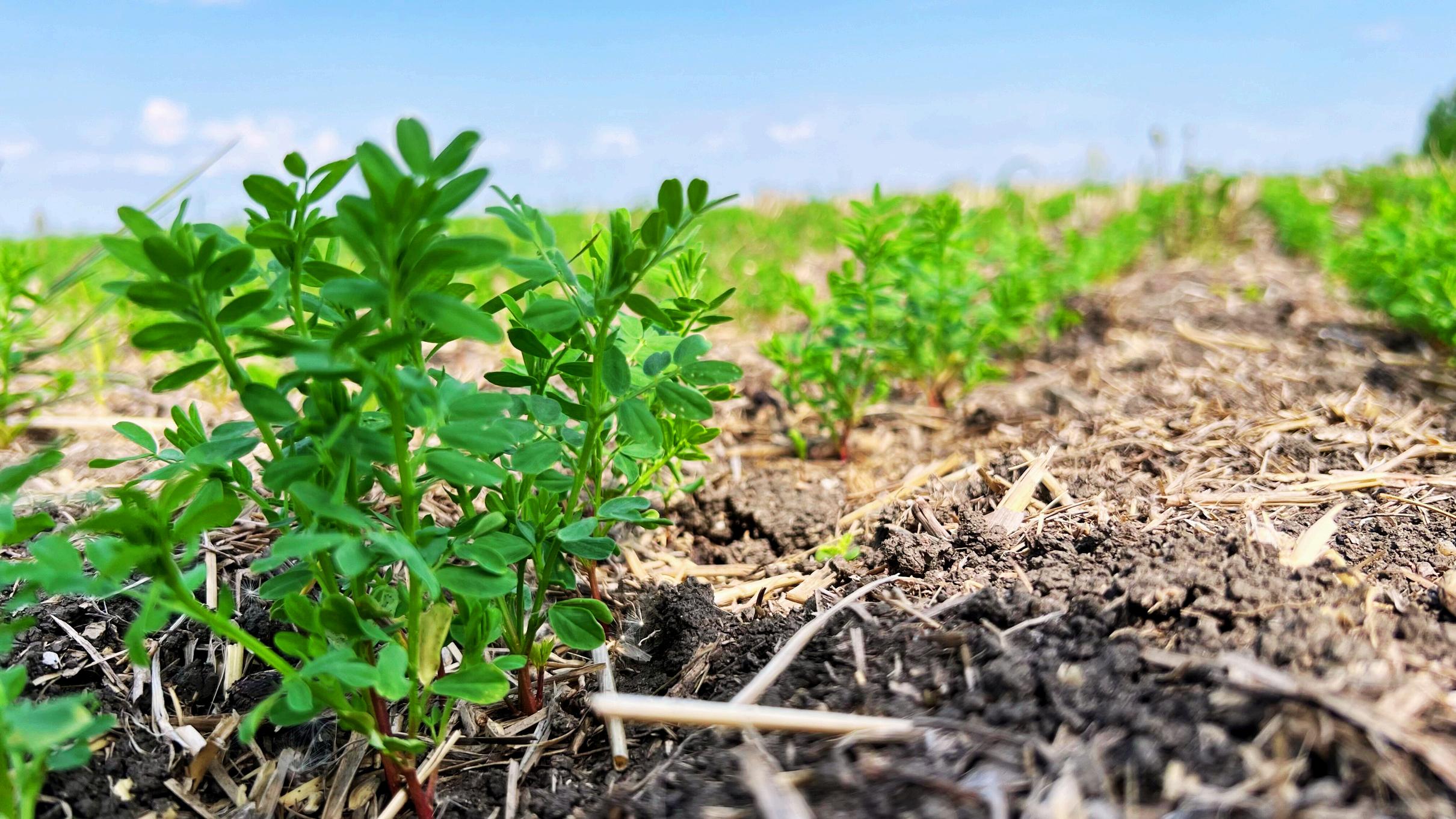

Kochia isn’t just another weed; it’s one of the toughest, most adaptable challenges Prairie farmers face Left unmanaged, it steals moisture, nutrients, and yield Add in herbicide resistance, and it quickly becomes a real headache
Here are a few tips to stay ahead of it: Start clean: Knock down seedlings early in the season before they establish Rotate chemistries: Don’t rely on a single mode of action Rotate products to reduce resistance pressure Use crop competition: Higher seeding rates and narrow row spacing give your crop the edge Don’t skip the follow-up: A post-emergent pass may be needed to keep fields clean
At Precision Ag, we carry proven tools to make this easier, from pre-seed burndown products that hit kochia hard, to in-crop solutions that fit your rotation Pair that with the right fertility plan, and you’ve got the upper hand this season and beyond
Knock Kochia Out - Win Your Yield Back


We’re bringing back The Good Old Days with a Vintage Photo Contest!
Dig up your old Precision Ag photos; the hats, the hoodies, the trucks, the equipment, and most importantly, the people who’ve been part of our story Show us your best vintage Precision pictures for a chance to win a Custom Precision Ag Cooler!
Draw Date: November 25

Harvest might be done, but your still needs attention Fall is can you Warm grain, moisture, nights risky Here’s to (and profits) this season:

Harvest might be done, but your grain still needs attention. Fall is when storage mistakes can cost you. Warm grain, high moisture, and cool nights are a risky mix across southern Saskatchewan. Here’s how to keep your bins (and your profits) safe this season: Cool it
Cool it Quick Run fans as soon as bins start to fill Pull that field heat 15°C, cool, air possible Once temperatures air, to prevent re-
it Dry. Even a too high in moisture can cause spoilage Aim levels, 14% wheat, 9% canola, 13% barley don’t dry damp grain
Start Clean Old grain, dust, and debris invite and mold Sweep, seal, and sanitize before every fill airflow only works if bins are tight tidy
Check Often. spots musty Keep in October and November If starts, move one-third of the bin to cool it down
Quick. Run fans as soon as bins start to fill. Pull that field heat down to around 15°C, and use cool, dry air whenever possible. Once temperatures match the outside air, shut fans off to prevent rewarming. Keep it Dry. Even a point too high in moisture can cause spoilage. Aim for safe levels, 14% for wheat, 9% for canola, 13% for barley and don’t mix dry and damp grain in one bin. Start Clean. Old grain, dust, and debris invite pests and mold. Sweep, seal, and sanitize before every fill airflow only works if bins are tight and tidy. Check it Often. Warm spots or musty smells mean trouble. Keep tabs weekly in October and November. If heating starts, move one-third of the bin to cool it down
Weather. Avoid running during fog rain temps drop freezing, “freeze” winter
Watch the Weather. Avoid running fans during fog or rain. When temps drop below freezing, a short fan run can “freeze” the core for winter.
Good storage is good insurance, protecting the quality you worked all season to grow.
storage good insurance, protecting quality you to grow.
Share your pictures on Facebook, Instagram, or X, and tag us or message us to enter



Being part of the Carlyle Community Complex Foundation’s Farming for the Future Fundraiser was an unforgettable reminder of what community truly means After three years of hard work, dedication, and generosity, the Foundation has officially reached its $500,000 goal to support the construction of a new K–12 school, proof that when a community comes together, incredible things happen
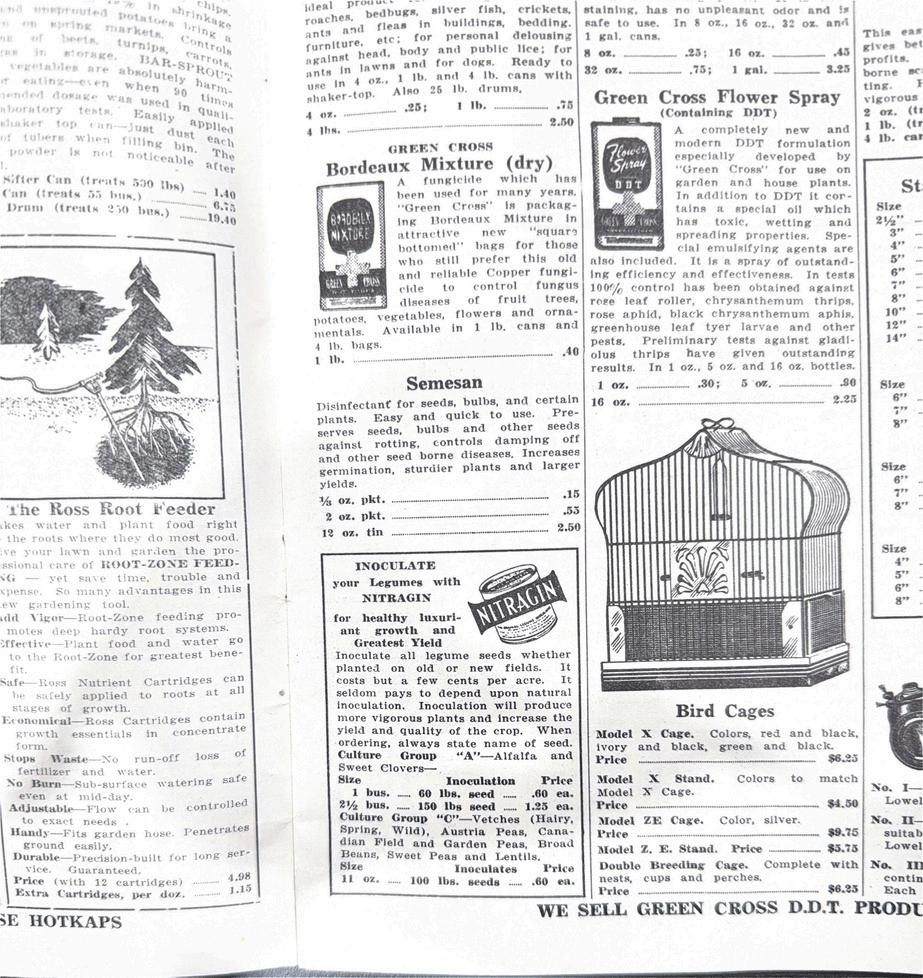
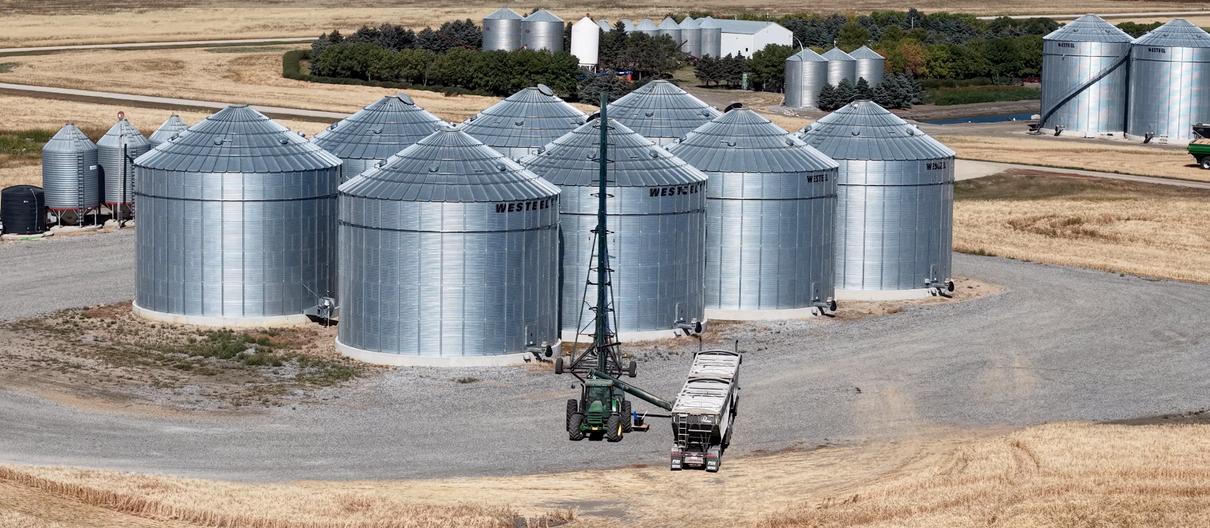
In 1948, inoculant cost 60 cents a bushel, about $8 in today’s dollars
At Precision Ag, it’s just $2 a bushel in 2025
Who knew Grandpa was a big spender back in the ’40s? ��



Written By Greg Gerry
As farmers in Southeast Saskatchewan, you’re no strangers to the challenges of our region’s unique soils With high pH levels often ranging from 7.5 to 8.5 or higher, our alkaline ground can make nutrient management feel like a constant puzzle. But there’s a timeless principle that can help make sense of it all: Liebig’s Law of the Minimum Named after the German chemist Justus von Liebig, this law offers a straightforward way to think about crop growth and why sometimes, despite your best efforts, yields just don’t hit their potential Let’s break it down and see how it applies right here on the Prairies
The Barrel Analogy: Growth Limited by the Shortest Stave
Imagine a wooden barrel made up of staves of different lengths No matter how tall the other staves are, the barrel can only hold as much water as the shortest one allows That’s Liebig’s Law in a nutshell: plant growth is controlled not by the total amount of resources available, but by the scarcest one the “limiting factor”
Liebig developed this idea while studying plant nutrition, realizing that crops need a balanced supply of essential elements like nitrogen (N), phosphorus (P), potassium (K), and micronutrients such as iron, zinc, and manganese If even one is in short supply, it bottlenecks everything else Pouring more of the abundant nutrients won’t help; you’ve got to fix that shortest stave first
This Matters
In Southeast Saskatchewan, our soils often derived from glacial till and rich in calcium carbonate tend to be naturally alkaline This high pH isn’t inherently bad; it supports good structure and can reduce issues like aluminum toxicity seen in acidic soils elsewhere But it does tie up certain nutrients, making them less available to plants

Here’s where Liebig’s Law shines a light:
• Phosphorus (P) Availability: In high pH soils, phosphorus reacts with calcium to form insoluble compounds, locking it away from crop roots If P is your limiting factor, crops like canola or wheat might show stunted growth, purplish leaves, or poor root development
• Micronutrient Deficiencies: Elements like iron (Fe), manganese (Mn), and zinc (Zn) become less soluble in alkaline conditions Iron deficiency, for instance, causes chlorosis (yellowing) in leaves, especially in soybeans or pulses These micronutrients might not be absent from the soil, but the high pH acts like a barrier, turning them into limiting factors
Practical Steps to Apply Liebig’s Law on Your Farm
To put this principle into action:
1. Soil Testing is Key
2 Balance Your Inputs
3 Monitor Crop Health
4 Contact your nearest Precision Ag location We have innovative fertility and micronutrients that can help with our high pH soils
Remember, Liebig’s Law isn’t about chasing perfection it’s about efficiency. Fixing the minimum factor often delivers the biggest bang for your buck, reducing waste and boosting sustainability
Stay tuned for more tips in upcoming newsletters If you’ve got stories or questions about nutrient management, drop us a line we’re here to cultivate solutions to your farming questions
